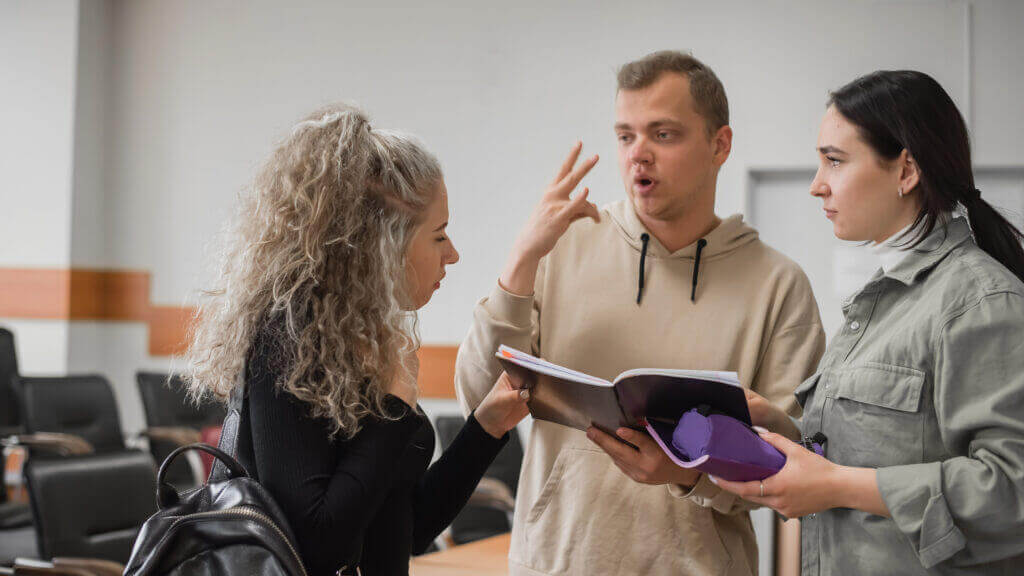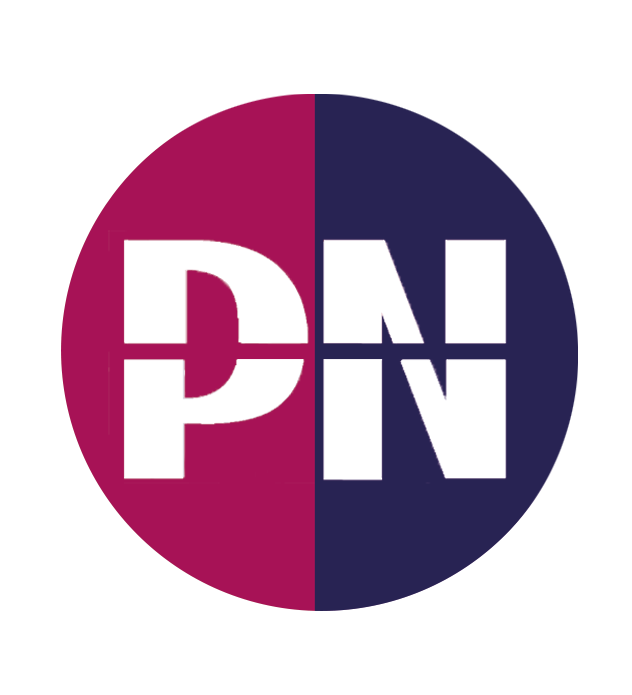Introduction
Not all British D/deaf people know British Sign Language. The British Government reports that there are about 10 million deaf/hard-of-hearing people, and only 25,000 are fluent BSL users. That’s a mere 0.25%. So how do the remaining 9,975,00 deaf people communicate? Well, that’s where a Deaf Relay interpreter plays a crucial role.
What is a Deaf Relay Interpreter?
Often referred to as interlingual interpreters, they help support deaf or hard-of-hearing people who are not fluent in BSL. Many Deaf Relay Interpreters are deaf themselves, so to help them communicate with the deaf person, they often work with a British Sign Language Interpreter who acts as the intermediary between the speaker and the Deaf Relay Interpreter. So in the chain of communication, you would have a Speaker who communicates through the BSL interpreter who signs to the Deaf Relay interpreter, who communicates with the non-BSL speaking person.
Deaf Relay Interpreters are often fluent in multiple sign languages, allowing them to translate sign languages for individuals who use different sign languages or communication methods.

Where would you need a Deaf Relay Interpreter?
Deaf Relay Interpreters are crucial in various settings, including:
Educational Environments: Deaf Relay Interpreters are crucial in various settings, including: Supporting students who do not use BSL as their primary mode of communication.
Medical Settings: Ensuring clear communication between patients and healthcare providers, especially when complex information needs to be conveyed.
Legal Proceedings: Facilitating accurate communication in courts and legal consultations.
Workplace Communication: Assisting in job interviews, meetings, and training sessions for employees who are not fluent in BSL.
Training and Qualifications
Becoming a Deaf Relay Interpreter requires extensive training. These professionals often undergo a rigorous education in various sign languages and interpreting techniques. Additionally, they must be adept at understanding and conveying cultural nuances and different communication styles within the deaf community.

The Future of Deaf Relay Interpreting
As awareness of the diverse needs within the deaf community grows, the demand for Deaf Relay Interpreters is likely to increase. Advancements in technology, such as video relay services and remote interpreting, are also expanding the reach and efficiency of these interpreters.
Conclusion
Deaf Relay Interpreters play a critical role in ensuring that all deaf and hard-of-hearing individuals have access to effective communication, regardless of their proficiency in BSL. Their work not only facilitates communication but also promotes inclusivity and equality for the entire deaf community.
By providing a clearer understanding of what Deaf Relay Interpreters do and their importance, we can better appreciate the diverse needs of the deaf and hard-of-hearing population and support the services that enable effective communication for all






